Closed rice value chain "from field to table"
Sharing about the outstanding marks of Tan Long Group Joint Stock Company on the journey with the Agriculture and Environment sector for 80 years of building a modern and sustainable agriculture, Mr. Le Anh Nam, Head of Rice Import and Export Department, Tan Long Group Joint Stock Company said that the Group started participating in the rice market in 2010. After 15 years, Tan Long has built a closed rice value chain "from field to table" and Tan Long's model is to do "from root to tip", from raw material area - production to finished product output.
That is the way for Tan Long to control the quality of each bag of finished rice, as well as accompany farmers on the journey of modernizing the agricultural sector according to better standards, approaching the world , increasing the value of rice grains, and increasing income.

Customers expressed their interest in Tan Long Group's rice products at the Company's booth, within the framework of the 80th Anniversary of the Agriculture and Environment Sector and the 1st Patriotic Emulation Congress. Photo: Hong Tham .
Up to now, Tan Long Group's rice industry is cooperating with more than 10,000 households and more than 20 cooperatives to ensure rice output.
“We actively participate in international sustainable farming programs such as: The project to develop 1 million hectares of high-quality rice; The project to transform the rice value chain to respond to climate change sponsored by the Australian Embassy and the Netherlands Development Organization, in cooperation with the International Finance Corporation (IFC).... Through these programs, Tan Long will receive advice on sustainable farming processes, reduce losses, reduce greenhouse gas emissions and increase income for farmers,” said Mr. Nam.
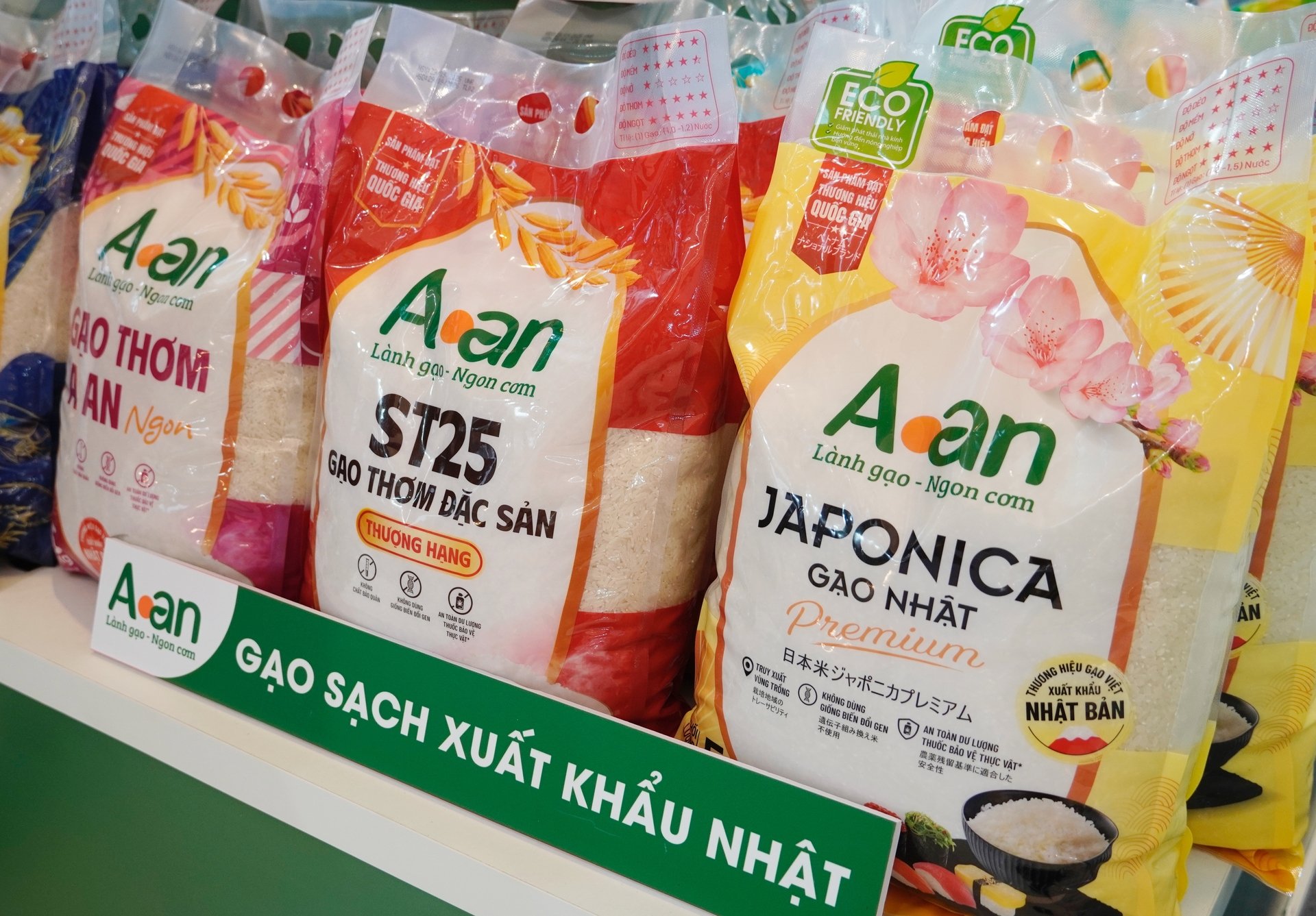
Aan rice products are the first Vietnamese rice brand to officially export to Japan in 2022, after passing about 600 inspection criteria. Photo: Hong Tham .
Regarding infrastructure, Tan Long currently owns the Hanh Phuc Rice Factory, the largest in Vietnam in An Giang , with production capacity reaching: Drying capacity of 4,000 tons/day, storage capacity of 240,000 tons/80 silos, milling capacity of more than 3,000 tons of dry rice/day and packaging capacity of 2,000 tons/day.
Along with that is a system of 5 other rice factories around the major raw material areas of the Mekong Delta; strong investment in post-harvest preservation technology such as modern tower drying system, insulated silo storage system, optimized logistics..., helping to ensure rice quality for a long time, minimizing loss during the production process.
Aan rice products are the first Vietnamese rice brand to officially export to Japan in 2022 after passing about 600 inspection criteria.
“In 2025, we will also become a partner supplying Japonica rice to more than 140 Belc supermarkets - Japan's leading hypermarket chain and continue the export chain to demanding markets with export contracts to the EU. That has proven the effectiveness and quality of the products controlled from field to table that we are building,” Mr. Nam emphasized.
Twice awarded certificate of using the label "Green Vietnamese Rice with low emissions"
The Head of Rice Import-Export Department, Tan Long Group Joint Stock Company added that at the end of 2024, Tan Long Group is honored to be the sole representative of the Vietnamese rice sector to attend and present a presentation to Philippine partners on the prospects of rice exports, as well as investment opportunities between the two countries in developing rice agriculture adapting to current political-social conditions and climate change globally at the Asia-Pacific Ministerial Conference on Disaster Risk Reduction 2024 organized by the Ministry of Agriculture and Rural Development of Vietnam (now the Ministry of Agriculture and Environment) in coordination with the Ministry of Agriculture of the Philippines.
Rice production accounts for 10% of global methane emissions and nearly 50% of agricultural emissions in Vietnam. Therefore, Tan Long is making efforts to gradually transform its farming model and develop sustainable raw material areas with practical solutions such as: Reducing the amount of seeds sown; Alternating wet and dry irrigation; Mechanizing production - using balanced fertilizer; Treating straw in a circular direction - regenerating the land... Thanks to that, it not only helps reduce input costs, increase profits, but also contributes to significantly reducing greenhouse gas emissions, towards the Government's Net zero target by 2050.
“This year, we have achieved results from the emission reduction rice model according to SAI/FSA (Farm Sustainability Assessment) standards with technical advice from IFC,” Mr. Nam added.
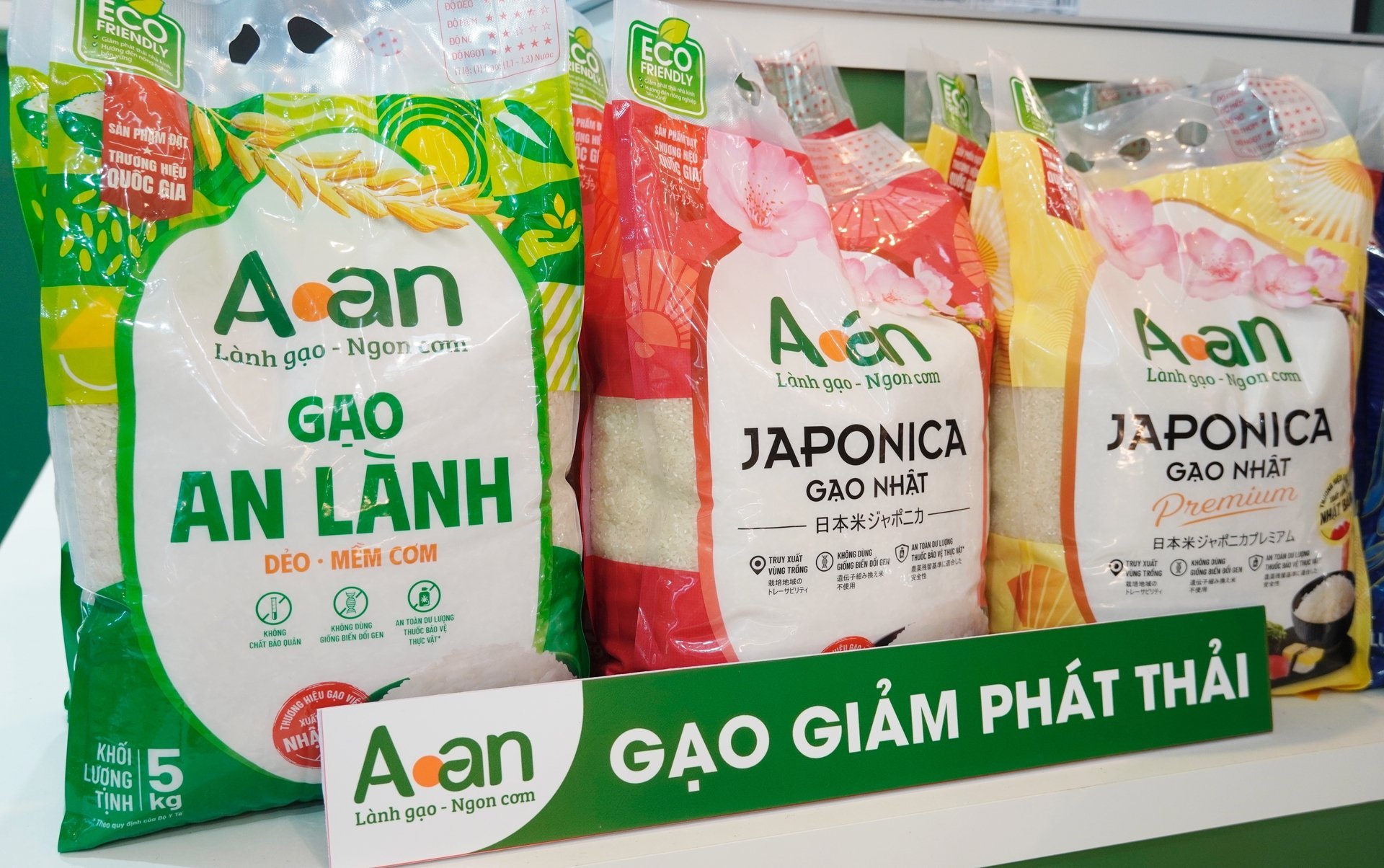
Aan clean rice is continuously awarded the certificate of “Low emission green Vietnamese rice”. Photo: Hong Tham .
SAI/FSA is a tool to assess the sustainability of agricultural farms, focusing on resource management, reducing environmental impacts, ensuring working conditions and enhancing community responsibility in the agricultural supply chain.
Also in 2025, the Aan Clean Rice brand was twice awarded the certificate of using the "Low-emission Vietnamese Green Rice" label by the Vietnam Rice Industry Association.
To be granted the right to use the trademark, enterprises and cooperatives must ensure transparency in the origin of rice production, including the place of cultivation, rice varieties, and seasons, and strictly comply with the technical processes issued by the Department of Crop Production and the Department of Plant Protection (Ministry of Agriculture and Environment).
Mr. Le Anh Nam, Head of Rice Import-Export Department, Tan Long Group Joint Stock Company said: “Green and sustainable development is no longer a trend but has become a mandatory requirement when bringing products to the world market. The projects we participate in with international organizations all aim at the common goal of creating green - clean - environmentally friendly products with specific indicators of reducing greenhouse gas emissions. We also set specific goals by 2030, such as: Reducing loss of agricultural materials and production costs by 10 - 15%; Reducing post-harvest loss rate to below 8%...”.
Source: https://nongnghiepmoitruong.vn/tan-long-lam-tu-goc-den-ngon-d783834.html



![[Photo] Highways passing through Dong Nai](https://vphoto.vietnam.vn/thumb/1200x675/vietnam/resource/IMAGE/2025/11/12/1762940149627_ndo_br_1-resize-5756-jpg.webp)




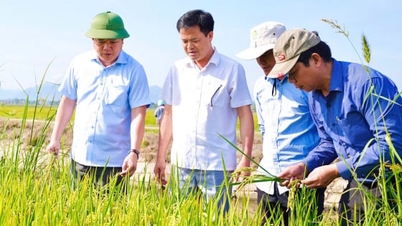



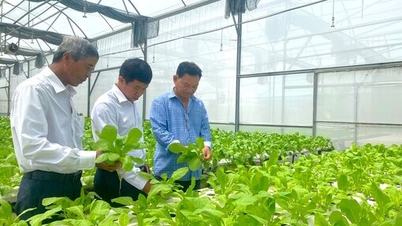




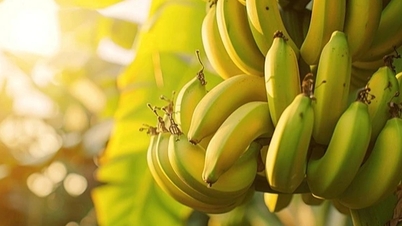



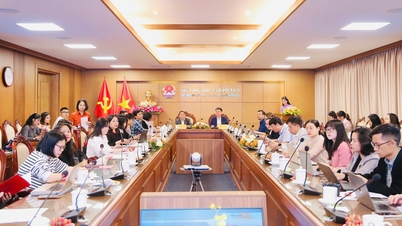

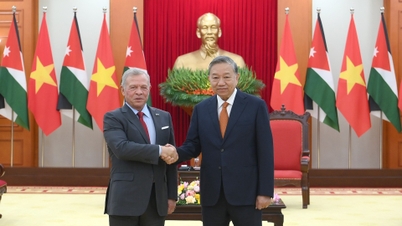


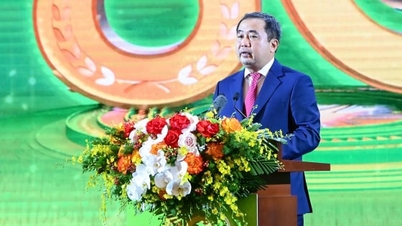




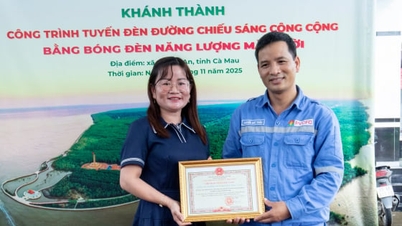

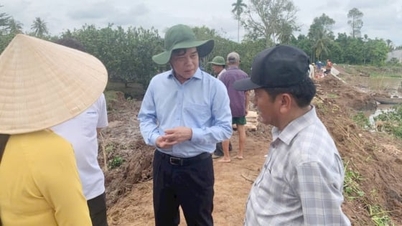










































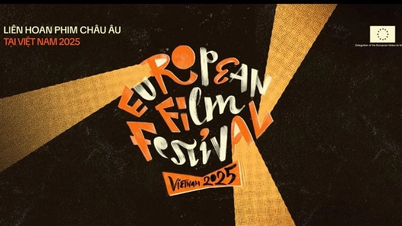
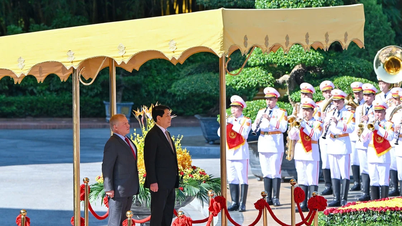


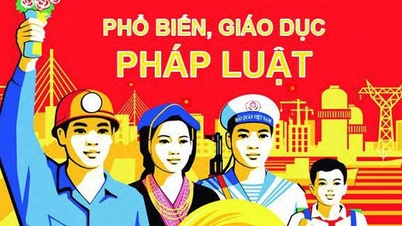

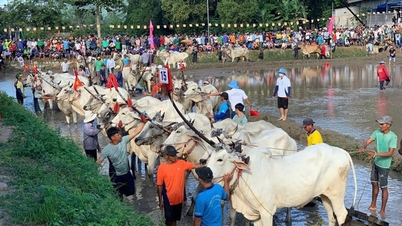


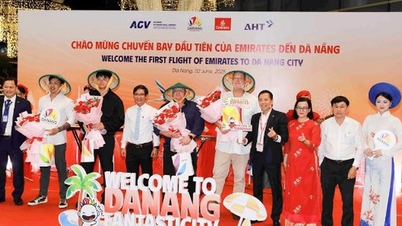

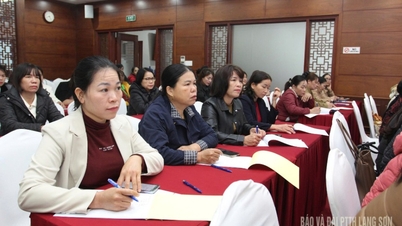

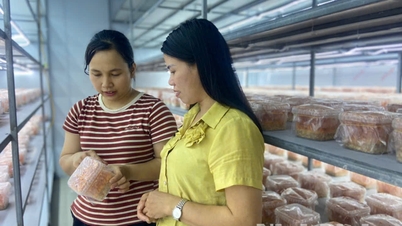




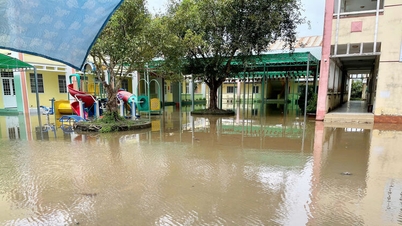

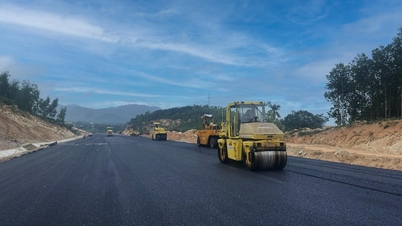



![Dong Nai OCOP transition: [Article 3] Linking tourism with OCOP product consumption](https://vphoto.vietnam.vn/thumb/402x226/vietnam/resource/IMAGE/2025/11/10/1762739199309_1324-2740-7_n-162543_981.jpeg)







Comment (0)